Home>diy>Planning & Engineering>How To Become Landscape Architect


Planning & Engineering
How To Become Landscape Architect
Modified: February 25, 2024
Learn the steps to become a landscape architect specializing in planning and engineering. Gain the skills needed to create beautiful outdoor spaces.
(Many of the links in this article redirect to a specific reviewed product. Your purchase of these products through affiliate links helps to generate commission for Storables.com, at no extra cost. Learn more)
Introduction
Welcome to the world of landscape architecture! If you have a passion for creating beautiful outdoor spaces and a keen eye for design, becoming a landscape architect might be the perfect career choice for you. In this article, we will explore the education and training required, the necessary skills and qualifications, the licensing and certification process, building a portfolio, networking and professional development opportunities, and tips for a successful job search and career advancement in the field of landscape architecture.
Landscape architects play a crucial role in designing and enhancing outdoor spaces, including parks, gardens, campuses, and urban landscapes. They blend their artistic vision with knowledge of environmental sustainability, plant management, and construction techniques to create functional and aesthetically pleasing landscapes. Let’s delve into the steps of becoming a landscape architect.
Key Takeaways:
- Education, practical experience, and licensure are essential for a successful career in landscape architecture. From obtaining a bachelor’s and master’s degree to building a strong portfolio and networking, the journey to becoming a landscape architect is a blend of creativity and professionalism.
- Continuous learning, professional development, and strategic job searching are crucial for thriving in the landscape architecture industry. By staying updated with industry trends, expanding professional networks, and showcasing skills through a well-crafted portfolio, landscape architects can unlock rewarding career opportunities.
Read more: How To Become A Landscape Architect In Texas
Education and Training
To become a landscape architect, a solid foundation of education and training is essential. Here are the key components:
Bachelor’s Degree in Landscape Architecture
The first step towards a career in landscape architecture is obtaining a bachelor’s degree in landscape architecture. This program typically takes four years to complete and provides a comprehensive understanding of design principles, plant sciences, environmental planning, and construction techniques. Courses may include landscape design, site planning, urban design, horticulture, and CAD drafting.
Master’s Degree in Landscape Architecture
While a bachelor’s degree is sufficient to get started in the field, pursuing a master’s degree in landscape architecture can open up advanced career opportunities and specialization. Master’s programs often delve deeper into subjects such as landscape ecology, sustainable design, and advanced design techniques. This degree typically takes two to three years to complete.
Internship and Work Experience
Hands-on experience is crucial for aspiring landscape architects. Many programs require students to complete internships or co-op placements, allowing them to gain practical experience and build a professional network. These opportunities provide exposure to real-world projects, working alongside experienced professionals. Additionally, internships can lead to future employment opportunities upon graduation.
Working as a landscape architecture intern or gaining relevant work experience in related fields, such as landscape design or horticulture, can also be beneficial. These experiences further develop skills and contribute to a well-rounded understanding of the industry.
By acquiring a bachelor’s degree, pursuing a master’s degree, and gaining valuable internship and work experience, aspiring landscape architects can lay a solid foundation for their future careers. The next step is honing the necessary skills and qualifications to thrive in this profession.
Skills and Qualifications
Being a successful landscape architect requires a unique blend of skills and qualifications. Let’s explore some of the key ones:
Design and Drawing Skills
One of the fundamental skills for a landscape architect is the ability to conceptualize and translate ideas into visual representations. Strong design and drawing skills are essential for creating detailed plans, sketches, and renderings that effectively communicate the design intent. Proficiency in design software, such as AutoCAD, SketchUp, and Adobe Creative Suite, is also crucial in the modern landscape architecture field.
Plant and Environmental Knowledge
A deep understanding of plants and the environment is essential in landscape architecture. Knowledge of plant biology, horticulture, and landscape ecology enables landscape architects to create sustainable landscapes that thrive in their surroundings. Understanding environmental factors, such as soil conditions, water management, and climate, allows for the incorporation of appropriate plant species and the conservation of natural resources.
Computer Skills
In today’s digital age, landscape architects must possess strong computer skills. Proficiency in computer-aided design (CAD) software is necessary for creating precise and accurate digital representations of landscape designs. Additionally, knowledge of graphic design software helps in creating visually stunning renderings and presentations to effectively communicate design concepts to clients and stakeholders.
Communication and Collaboration Skills
Effective communication and collaboration skills are vital for landscape architects. They need to be able to clearly articulate their design ideas and concepts to clients, fellow professionals, and construction teams. Active listening and strong interpersonal skills foster effective collaborations with clients, fellow architects, contractors, and landscape contractors. They also need to be skilled at managing and resolving conflicts that may arise during the design and construction phases of a project.
Developing and honing these skills and qualifications will not only enhance your professional abilities but also make you a valuable asset in the landscape architecture industry. Once you have acquired the necessary skills and qualifications, the next step is obtaining the required licensing and certification.
Licensing and Certification
In order to practice as a professional landscape architect, obtaining the appropriate licensing and certification is crucial. Let’s explore the two main components of this process:
Landscape Architect Registration Examination (LARE)
The Landscape Architect Registration Examination (LARE) is a comprehensive exam administered by the Council of Landscape Architectural Registration Boards (CLARB). The LARE evaluates the candidate’s competency in various aspects of landscape architecture, including design principles, construction documentation, site analysis, grading and drainage, and planting design. The exam consists of multiple sections and is typically completed in multiple sittings. Passing the LARE is a significant milestone in becoming a licensed landscape architect.
State Licensing Requirements
In addition to passing the LARE, landscape architects must meet the specific licensing requirements of the state in which they intend to practice. These requirements vary from state to state but generally include education and experience qualifications, as well as an application process. Some states may require a minimum number of years of work experience under a licensed landscape architect before granting licensure. It is essential to research and understand the licensing requirements of the state in which you plan to practice.
Attaining licensure not only ensures your professional credibility but also allows you to legally practice as a landscape architect, sign off on designs, and take on greater responsibility within the field. Once you have obtained the necessary licensing and certification, it’s time to focus on building a strong portfolio.
Building a Portfolio
A well-crafted portfolio is essential for showcasing your skills, creativity, and design expertise as a landscape architect. Here are some key elements to consider when building your portfolio:
Showcasing Design Projects
Your portfolio should include a selection of your best design projects. Choose projects that highlight your range of skills, creativity, and ability to address different design challenges. Include a variety of project types, such as residential, commercial, and public spaces, to demonstrate your versatility as a landscape architect. Each project should be accompanied by a brief description that captures the design objectives, challenges, and your approach to solving them.
Including Renderings and Visualizations
Visual representations are powerful tools to convey your design ideas. Include high-quality renderings and visualizations of your projects to give clients and employers a clear vision of your design concepts. Make sure the renderings and visualizations accurately represent the proposed design, including materials, textures, lighting, and landscaping elements.
Demonstrating Design Process
When presenting your portfolio, it’s important to showcase not only the final result but also the design process. Include sketches, concept diagrams, site analysis, and any other visual aids that illustrate your design thinking and problem-solving skills. This demonstrates your ability to approach a project systematically and thoughtfully, considering factors such as site context, client needs, and sustainability.
In addition to these key elements, consider organizing your portfolio in a clear and cohesive manner. Use a combination of text, images, and diagrams to tell a compelling story about your design journey. Tailor your portfolio to the specific audience or job opportunity, highlighting projects or experiences that are most relevant to the position you are seeking.
By building a well-curated portfolio that showcases your design projects, includes captivating visualizations, and demonstrates your design process, you will present yourself as a talented and capable landscape architect. However, it’s not just about having a strong portfolio – networking and professional development are also important aspects of building a successful career in landscape architecture.
Read more: How Difficult Is It To Transition From A Political Science Major To Becoming A Landscape Architect?
Networking and Professional Development
Networking and professional development are key aspects of building a successful career in landscape architecture. Here are some strategies to enhance your professional network and continue your growth in the industry:
Joining Industry Associations and Organizations
Joining industry associations and organizations, such as the American Society of Landscape Architects (ASLA), can provide valuable networking opportunities and access to a wealth of resources. These associations often host events, conferences, and workshops where you can connect with fellow professionals, gain insights into industry trends, and stay updated on the latest advancements in landscape architecture. Active involvement in these organizations can also contribute to your professional credibility and recognition within the field.
Attending Conferences and Events
Attending conferences, trade shows, and industry events is an excellent way to expand your professional network and stay informed about current industry practices and research. These events often feature keynote speakers, workshops, panel discussions, and networking sessions where you can connect with industry leaders, learn from their experiences, and exchange ideas with fellow professionals. Be sure to have your business cards ready and actively engage in conversations to make meaningful connections.
Continuous Learning and Professional Growth
Continuous learning and professional growth are essential for staying competitive and evolving as a landscape architect. This can involve pursuing additional certifications, attending workshops or webinars, enrolling in courses to learn new design techniques or sustainable practices, or staying up-to-date with emerging technologies in the field. Investing in your professional development not only enhances your skills but also demonstrates your commitment to staying current in a rapidly evolving industry.
In addition to formal learning opportunities, seek out mentorship or collaboration opportunities with more experienced professionals in the field. Their guidance and insights can offer valuable perspectives and help you further develop your skills and career trajectory.
By actively participating in industry associations, attending conferences and events, and continuously seeking opportunities for learning and growth, you can expand your professional network, gain new insights, and stay abreast of the latest trends and advancements in landscape architecture. With a strong network and ongoing professional development, you’ll be well-positioned for a successful career in landscape architecture. Now, let’s dive into the job search and career opportunities in the field.
Job Search and Career Opportunities
When embarking on a job search in the field of landscape architecture, it’s essential to be strategic and prepared. Here are some tips to help you navigate the job search process and capitalize on career opportunities:
Researching Job Market and Opportunities
Start by researching the job market and identifying potential opportunities that align with your interests and career goals. Familiarize yourself with the types of firms or organizations you would like to work for, whether it’s a landscape architecture firm, urban planning agency, or design-build company. Explore job boards, online platforms, and professional networks to find open positions that match your skillset and experience.
Developing a Resume and Cover Letter
Your resume and cover letter are crucial in making a strong first impression with potential employers. Tailor your resume to highlight relevant work experience, skills, and education. Include any notable projects, internships, or certifications that showcase your capabilities as a landscape architect. Your cover letter should succinctly summarize your qualifications, express your enthusiasm for the position, and demonstrate your understanding of the company or organization’s values and goals.
Interviewing and Negotiating Job Offers
Prepare for job interviews by researching the company or organization, familiarizing yourself with their portfolio of work, and thinking about potential questions and responses that demonstrate your knowledge and passion for landscape architecture. Practice your interview skills to effectively articulate your design approach, problem-solving abilities, and communication style. When negotiating a job offer, be prepared to discuss salary expectations, benefits, and any additional considerations. Remember that negotiation is a two-way process, and it’s important to find a balance that is mutually beneficial for both you and the employer.
Throughout the job search process, maintain a professional online presence by regularly updating your LinkedIn profile and portfolio website. Engage with industry professionals, participate in online forums, and share your work and insights to establish yourself as a knowledgeable and active member of the landscape architecture community.
With thorough research, a well-crafted resume and cover letter, and strong interview skills, you can navigate the job search process with confidence and increase your chances of securing a rewarding landscape architecture position. Now, let’s wrap up this article.
Read more: How To Choose A Landscape Architect
Conclusion
Becoming a landscape architect is an exciting journey that requires a combination of education, skills, experience, and passion. By obtaining a bachelor’s and, if possible, a master’s degree in landscape architecture, you’ll gain the necessary knowledge and expertise to design and create beautiful outdoor spaces that harmonize with the environment.
Along with formal education, it’s vital to acquire practical experience through internships and work opportunities. These experiences will not only refine your skills but also provide valuable networking opportunities within the industry.
As you progress in your career, obtaining professional licensure through the Landscape Architect Registration Examination (LARE) and fulfilling state licensing requirements is essential for legal practice and professional growth. Licensing not only ensures credibility but also opens doors to more challenging and rewarding projects.
A well-crafted portfolio showcases your best design projects, including renderings and visualizations that captivate clients and demonstrate your design prowess. The portfolio should also demonstrate your design process, highlighting your problem-solving abilities and unique approach.
Networking and professional development are key aspects of a successful career in landscape architecture. Join industry associations and organizations to connect with peers and stay up-to-date with industry trends. Attend conferences and events to expand your network and gain valuable insights into the latest practices and advancements.
Continual learning and professional growth are crucial in keeping up with the ever-evolving landscape architecture field. Pursue additional certifications, attend workshops and webinars, and stay informed about emerging technologies to stay ahead of the curve.
When it comes to job searching, research the job market, develop a strong resume and cover letter, and showcase your skills and experience during interviews. Negotiate job offers based on your qualifications and expectations, ensuring a mutually beneficial arrangement.
In conclusion, a career as a landscape architect offers limitless opportunities to transform outdoor spaces and foster beautiful, sustainable environments. By combining your passion for design with the necessary education, skills, and continuous professional growth, you can make a lasting impact on the world around you as a landscape architect.
Frequently Asked Questions about How To Become Landscape Architect
Was this page helpful?
At Storables.com, we guarantee accurate and reliable information. Our content, validated by Expert Board Contributors, is crafted following stringent Editorial Policies. We're committed to providing you with well-researched, expert-backed insights for all your informational needs.
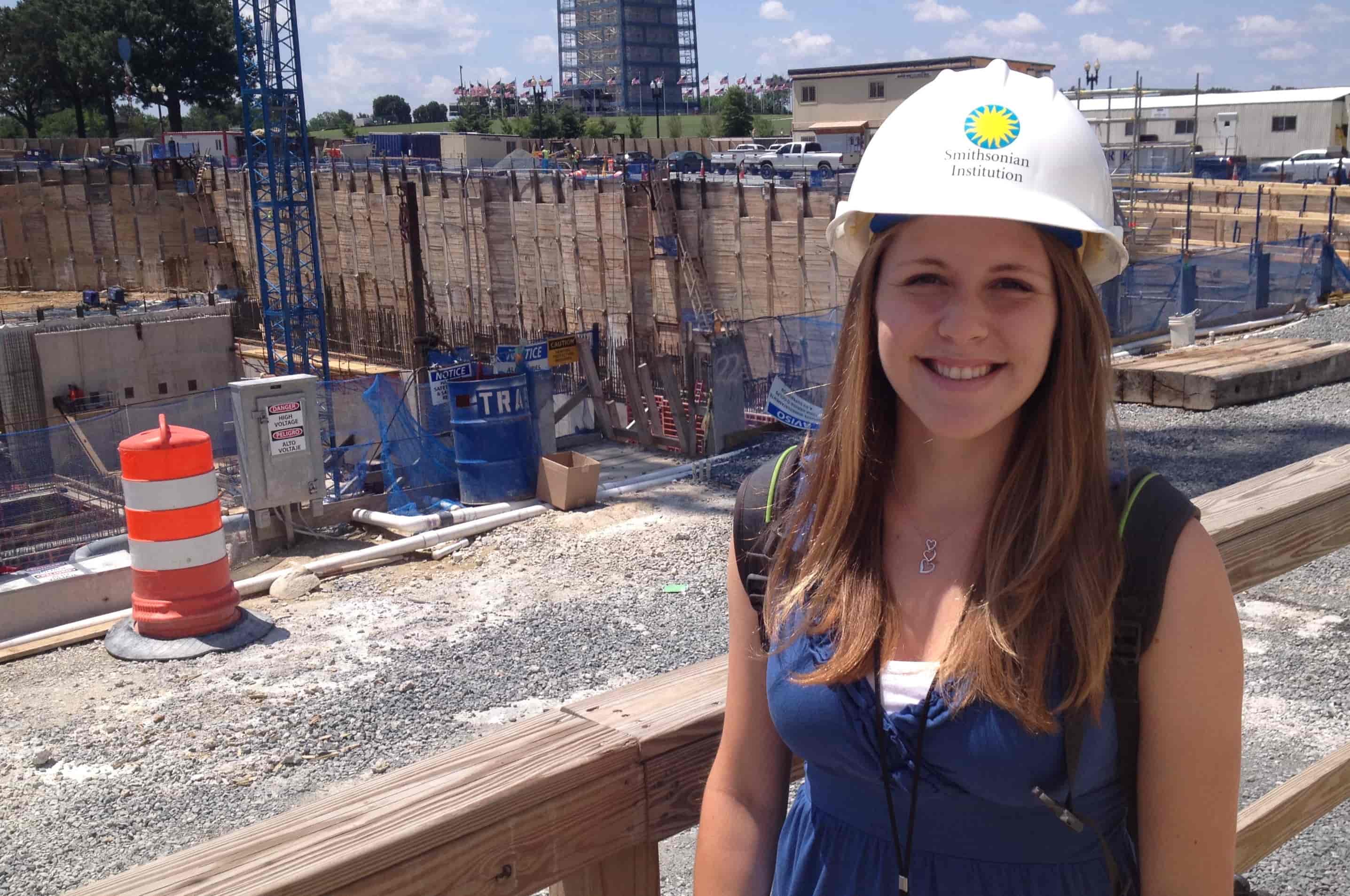
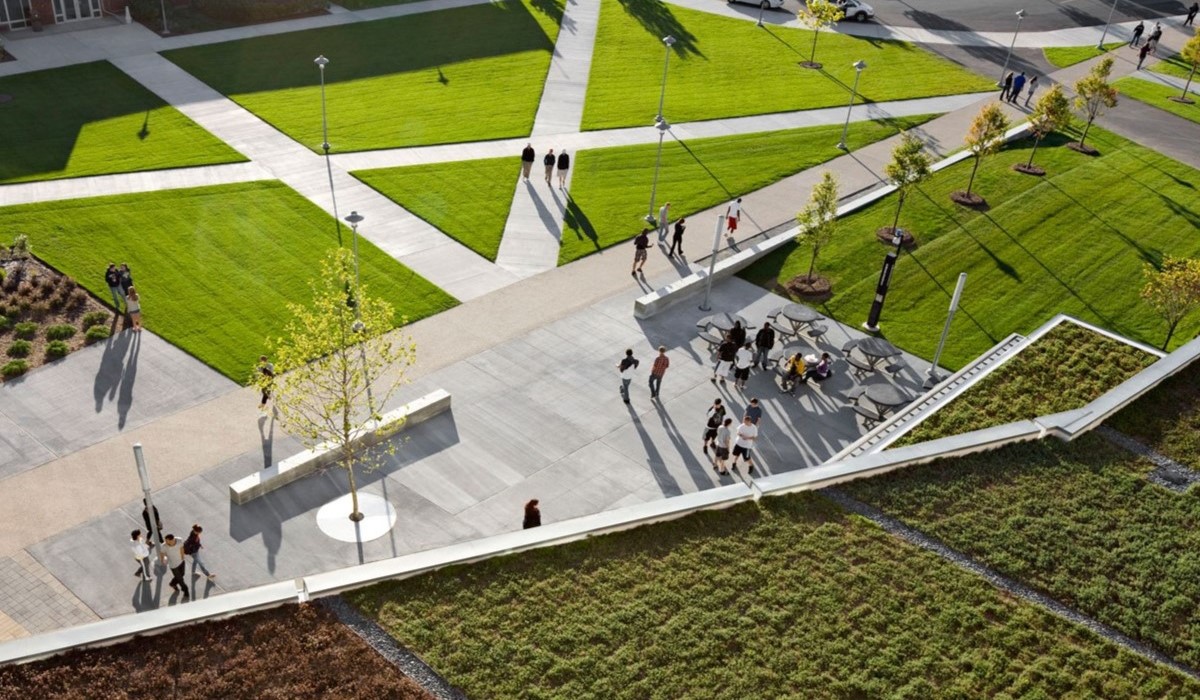



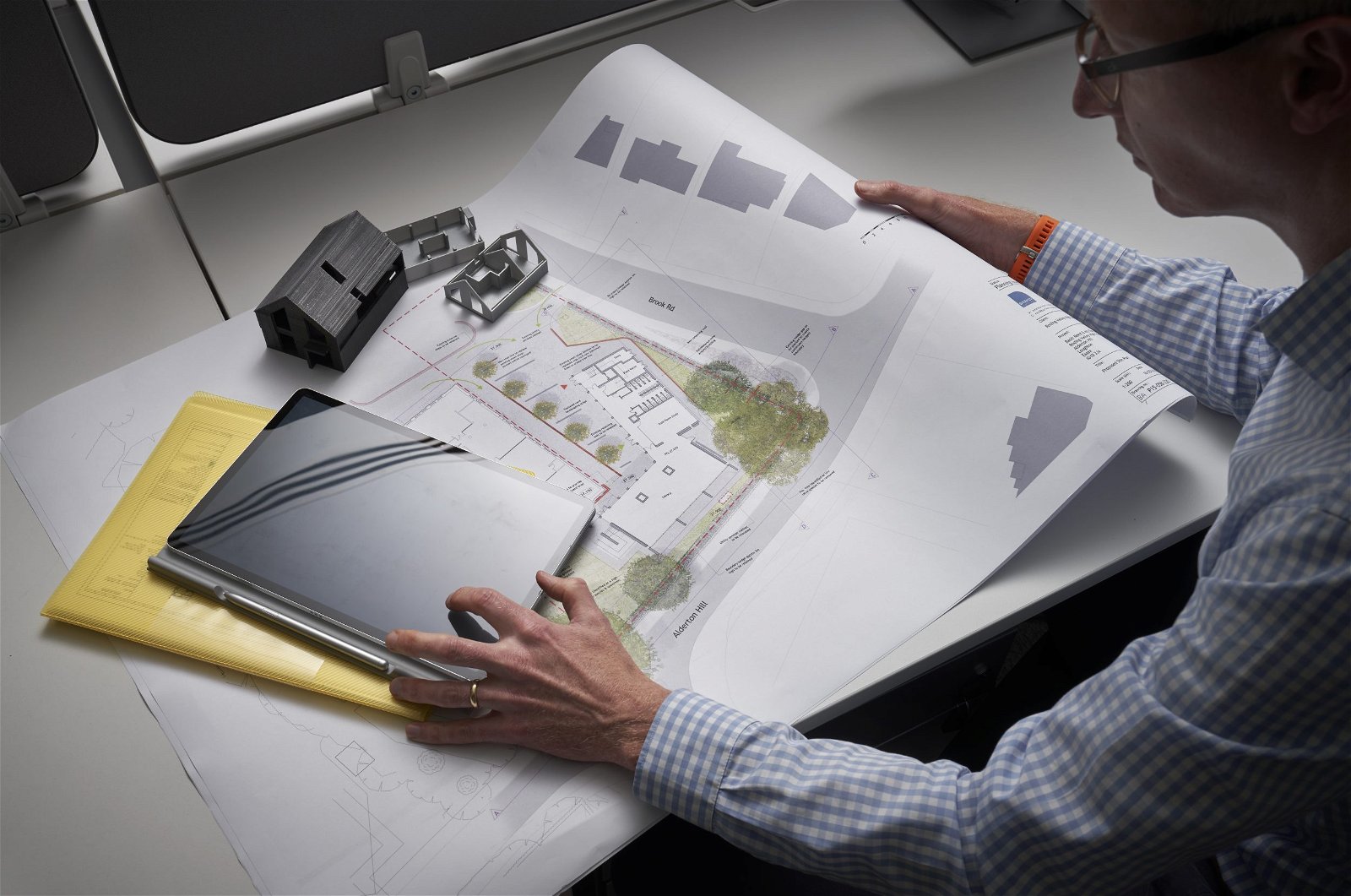
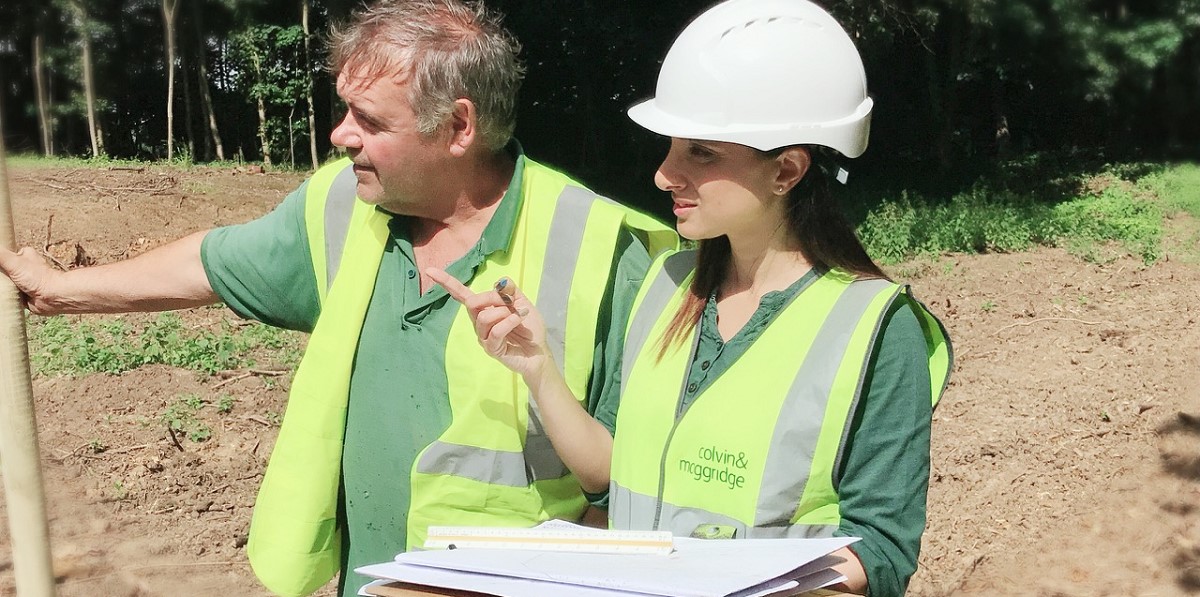
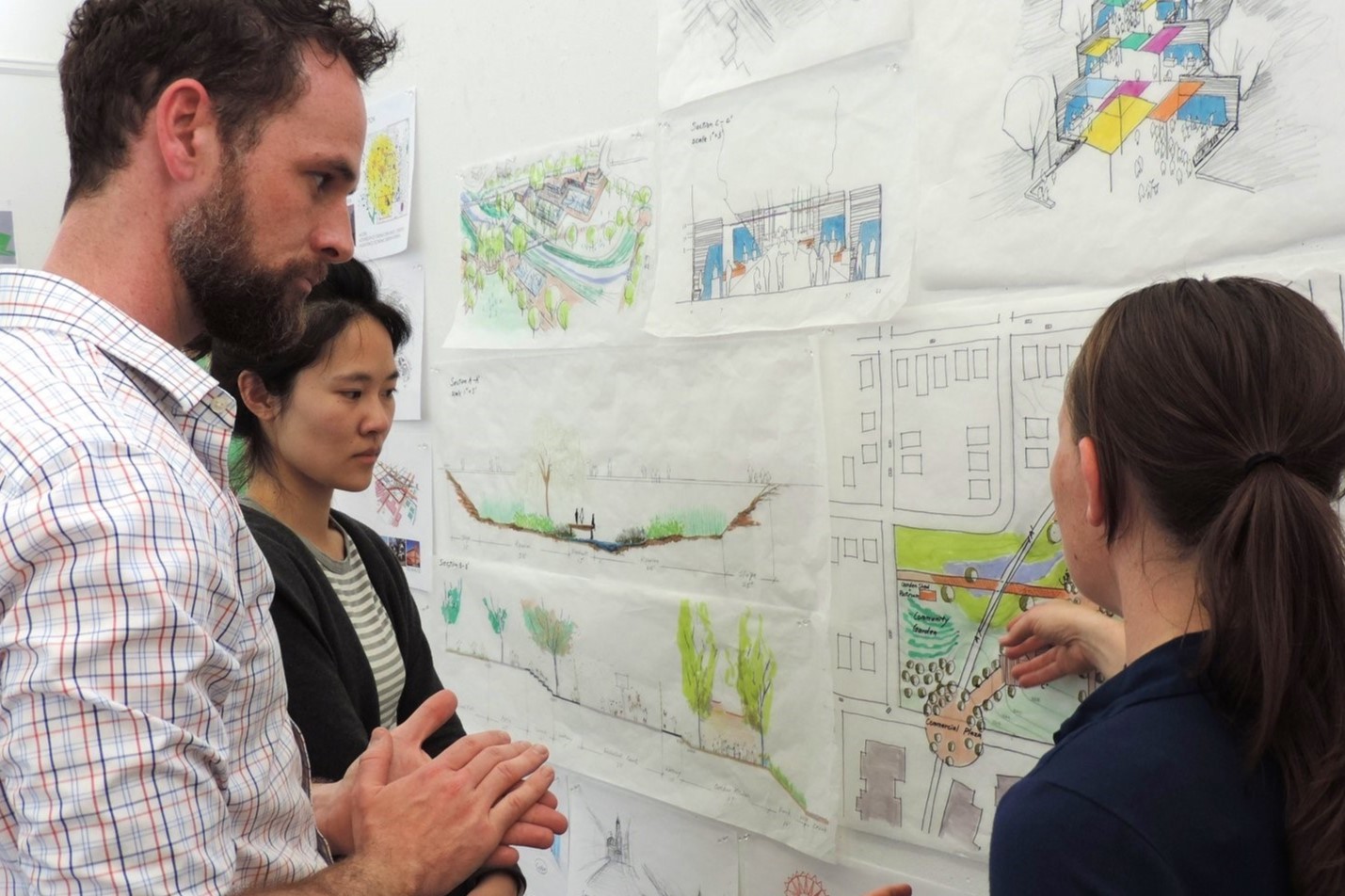


0 thoughts on “How To Become Landscape Architect”